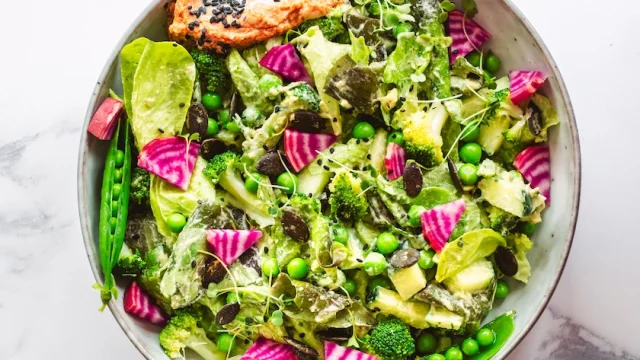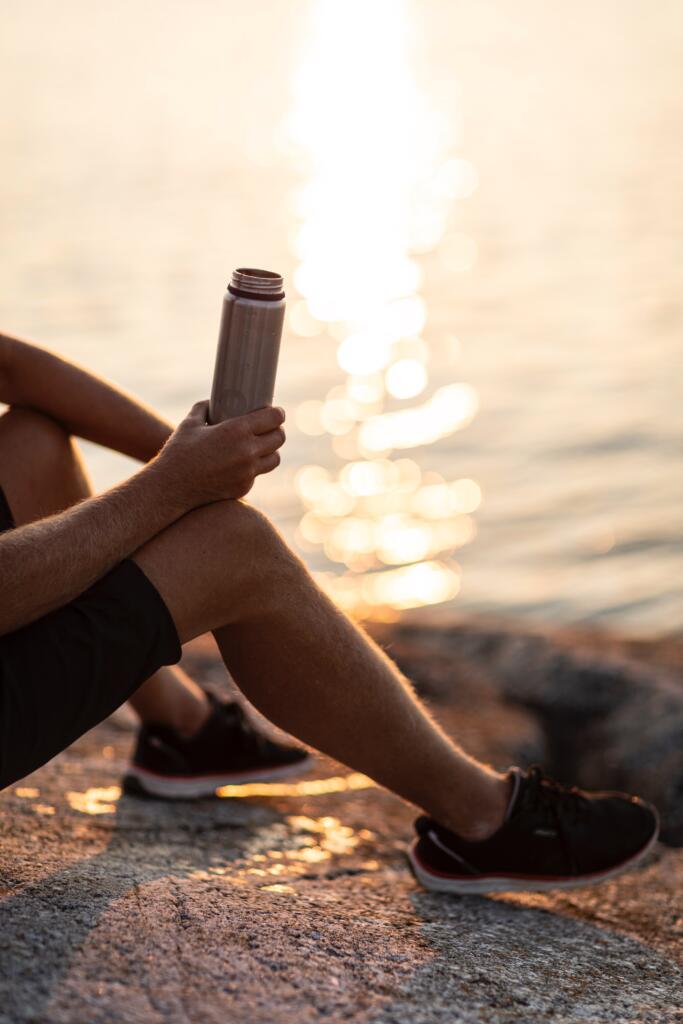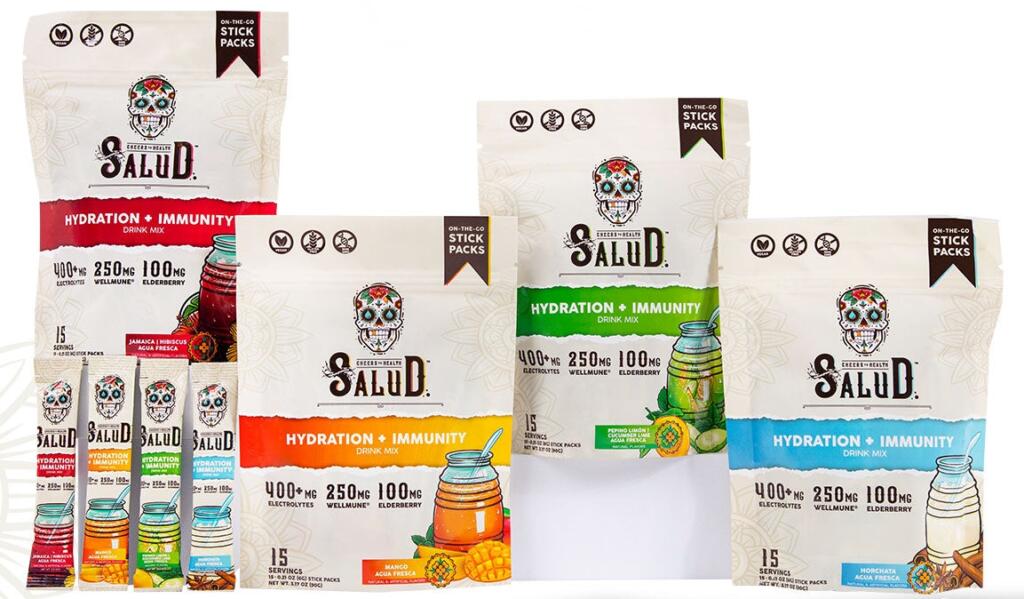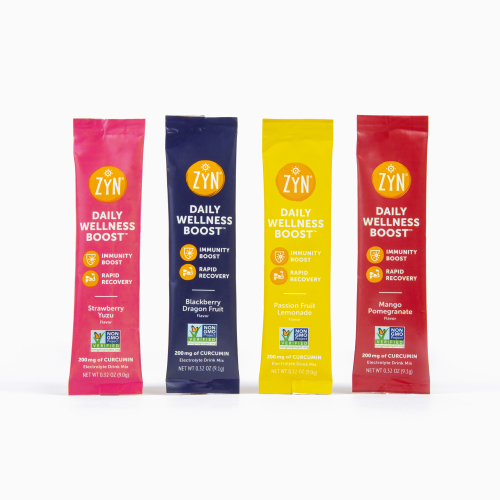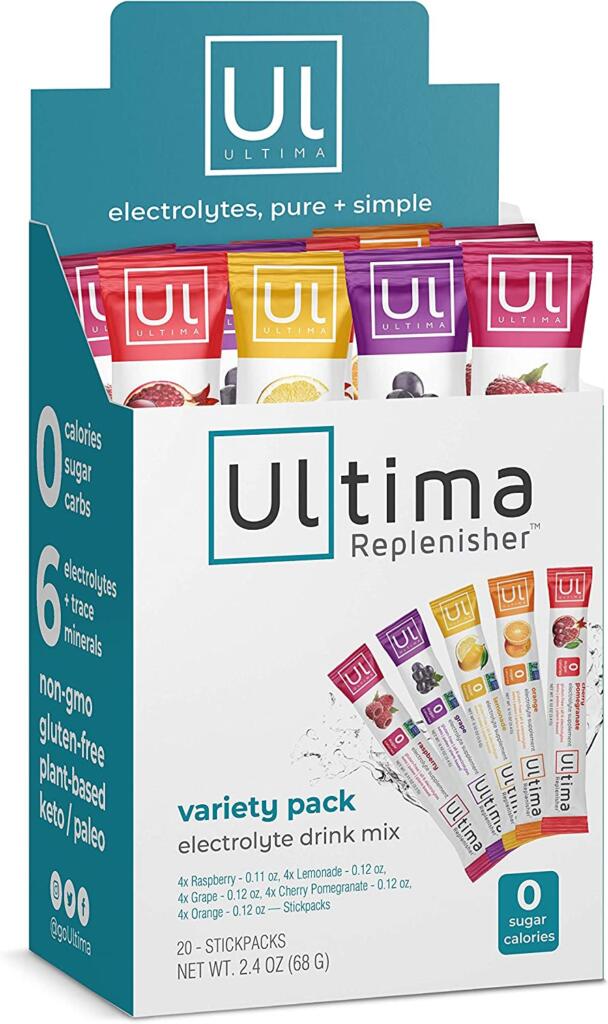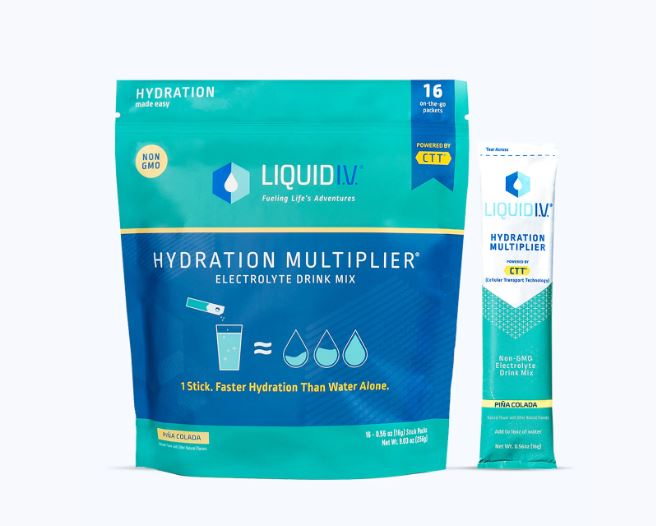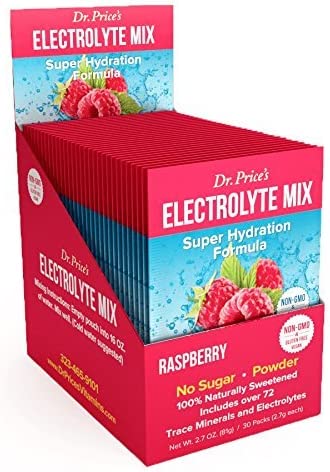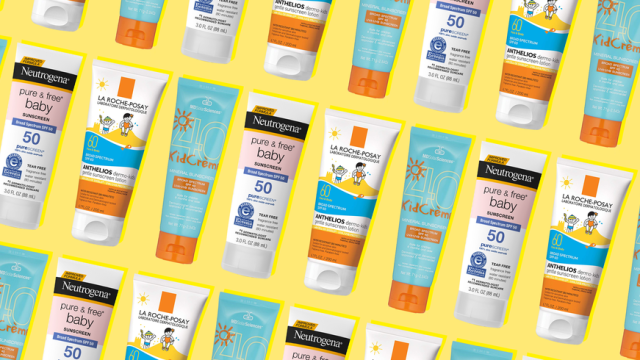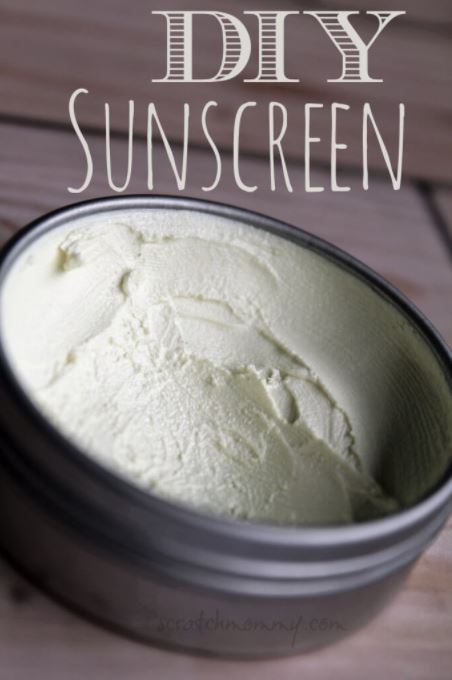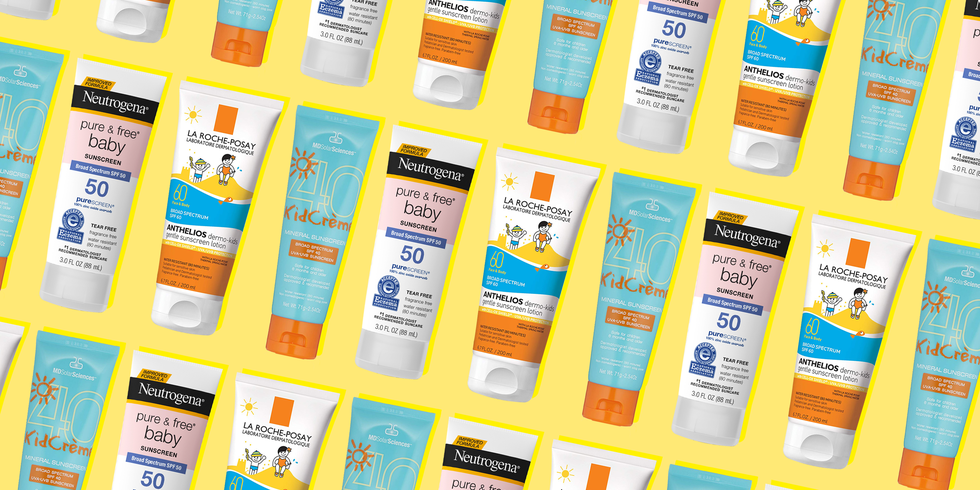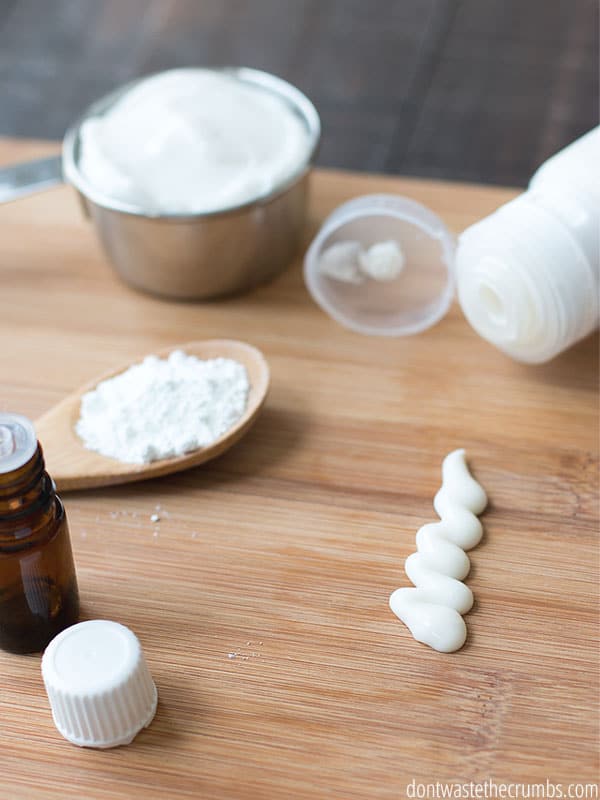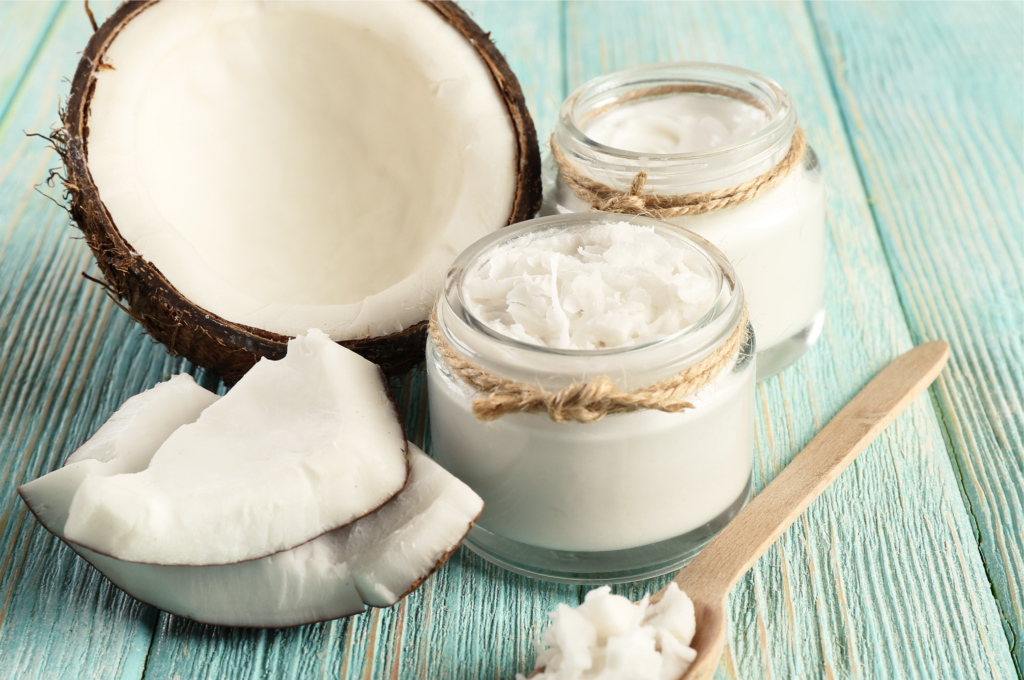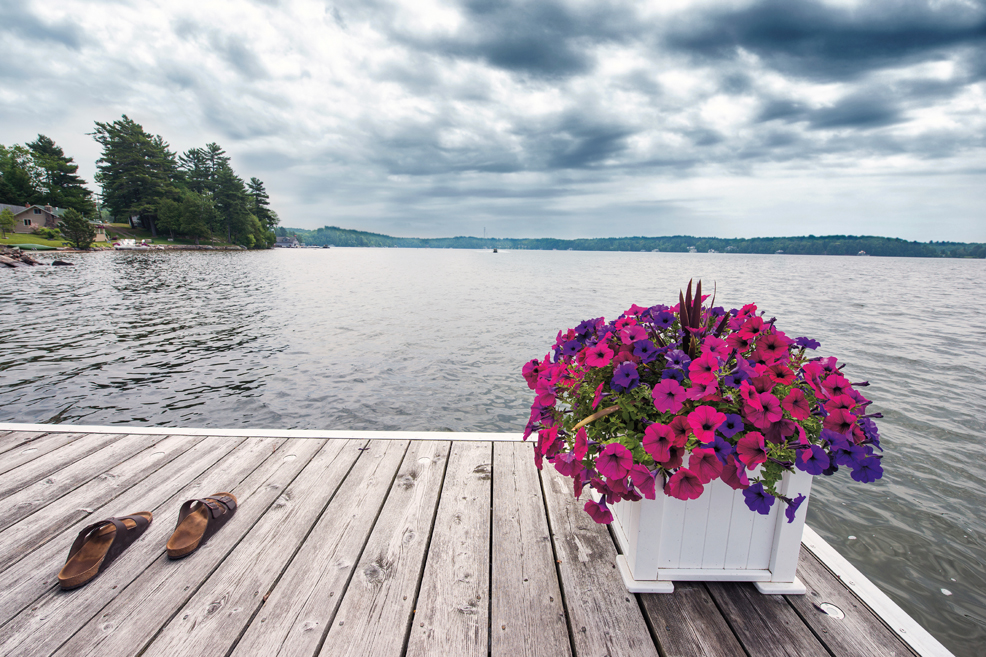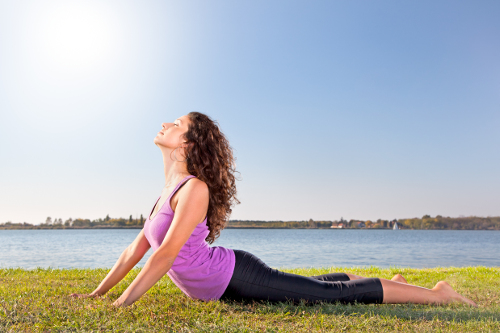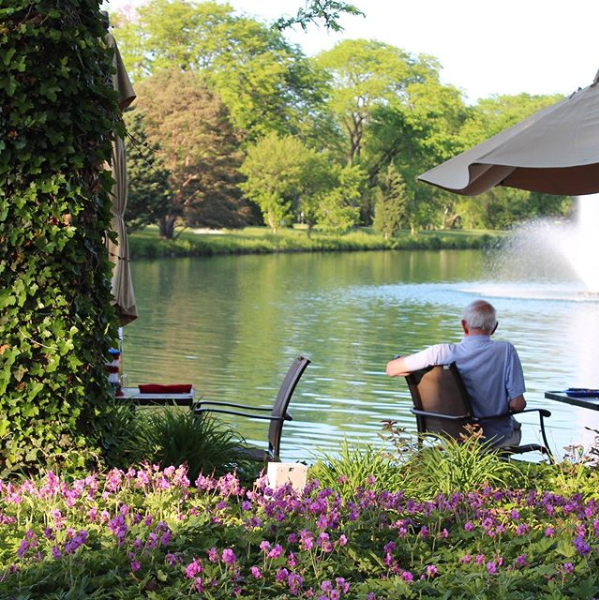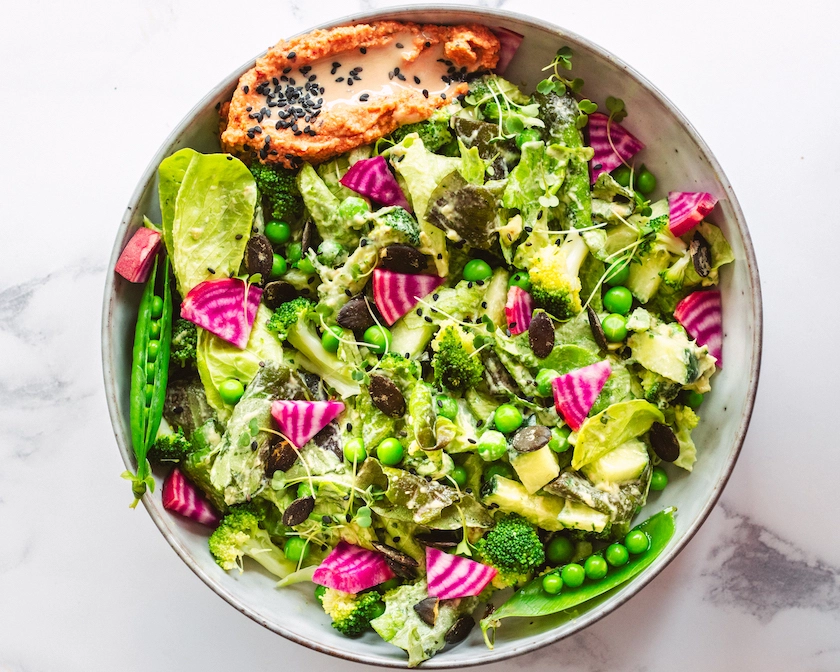
Spring is the season of growth. Share the wealth by incorporating the fresh produce of spring into your diet with the help of these sweet and savory spring salad recipes for 2023!
Wild Arugula Salad

This salad is savory in all the right ways. With fresh arugula in season, the added taste of garlic, the touch of parmesan cheese, and the acidity of the lemon, this is sure to become a new favorite of yours.
Ingredients
- 1 8-ounce piece ciabatta with crust (preferably day-old)
- 1 large garlic clove, peeled
- ¼ cup plus 3 tablespoons extra-virgin olive oil
- 6 ounces arugula (preferably wild; about 10 cups packed)
- 2 tablespoons (or more) fresh lemon juice
- 3 ounces Parmesan cheese, shaved into strips with vegetable peeler
For the full recipe, click here.
Shrimp & Mango Salad

This salad takes sweetness to a whole new level. Combining spices like ginger and miso for an extra kick paired with the sweetness of fresh mango and honey and the saltiness of peanuts makes this the perfect salad for spring.
Ingredients
- 2 tablespoons white or yellow miso
- 1 tablespoon freshly grated ginger
- 2 tablespoons of honey
- 2 tablespoons of lime juice
- 2 tablespoons extra-virgin olive oil
- 1 teaspoon toasted sesame oil
- 1-pound medium shrimp, peeled and deveined
- Kosher salt
- Black pepper
- ½ head of napa cabbage, thinly sliced
- 1-2 ripe mangos, chopped
- 2 small cucumbers, chopped
- 1 ripe avocado, diced
- Salted peanuts, chopped (for garnish)
- Fresh basil or cilantro (for garnish)
For the full recipe, click here.
Mandarin Orange Salad

The freshness of this salad practically screams spring. From the sweetness of the oranges and cranberries to the sharpness of the parmesan cheese, this salad has something for everyone.
Ingredients
- 2 tablespoons red wine vinegar
- 1 tablespoon orange juice
- 1 tablespoon of honey
- 2 tablespoons of lime juice
- 2 teaspoons poppy seeds
- 1 teaspoon Dijon mustard
- ¼ cup extra-virgin olive oil
- Kosher salt
- Black pepper
- 3 cups baby spinach
- 3 cups arugula
- 1 (11 ounce) can mandarin oranges, drained
- 1 cup toasted walnuts
- ¾ cup dried cranberries
- ½ cup shaved parmesan
For the full recipe, click here.
Asparagus Salad with Feta
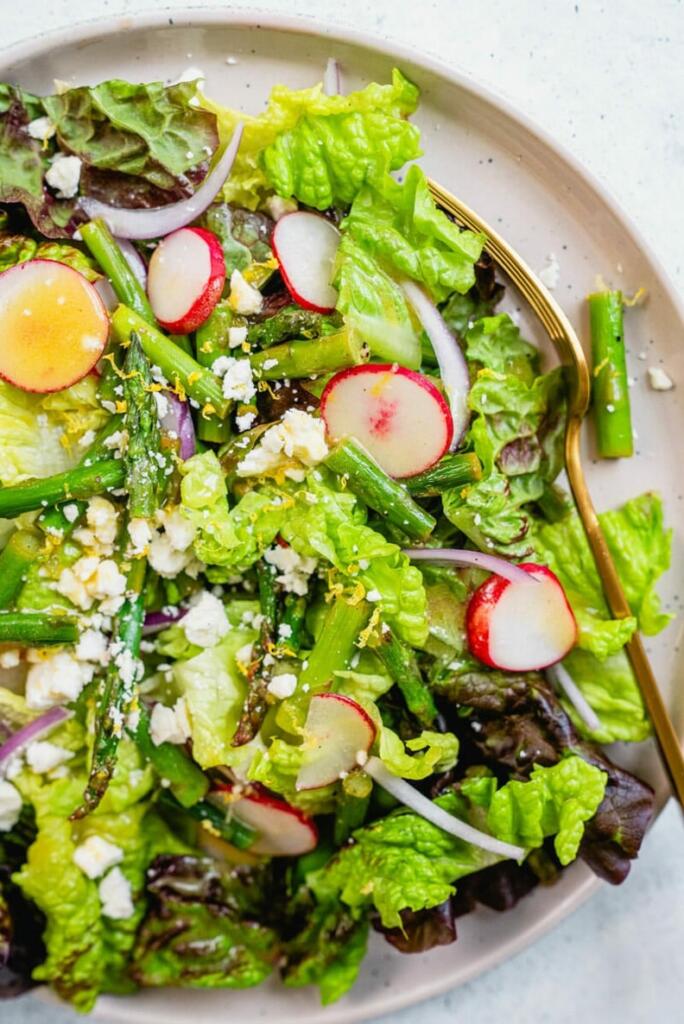
This salad is great alone and is even better when paired with a light fish! Perfect for spring and lakeside living, this light salad is sure to cure your craving for a sweet but savory indulgence!
Ingredients
- 1 cup sauteed asparagus (or steamed asparagus)
- ¼ red onion
- 3 radishes
- 1/3 cup feta cheese crumbles
- 2 bunches of romaine (about 8 cups)
- Lemon zest (for garnish)
- 2 tablespoons white wine vinegar
- 1 tablespoon Dijon mustard
- 1 teaspoon maple syrup
- ¼ teaspoon kosher salt
- 6 tablespoons olive oil
For the full recipe, click here.
Spring Mix Salad

This salad is one that will never go out of style. Both light and refreshing, you get to experience a taste of tang while also experiencing a taste of sweetness. Great for any meal, this is one the whole family will love!
Ingredients
- 3 tablespoons balsamic vinegar
- 2 tablespoons lemon juice
- 1 clove garlic, peeled and minced
- 1 teaspoon kosher salt
- ½ teaspoon black pepper
- ¼ cup extra-virgin olive oil
- ½ red onion, thinly sliced
- 5 ounces spring mix
- 1 cup cherry tomatoes, cut in half
- 1 medium cucumber, peeled and sliced
- 2-3 small radishes, sliced
- ½ cup sunflower seeds/pumpkin seeds/walnuts or sliced almonds
- ½ cup crumbled goat cheese
For the full recipe, click here.

